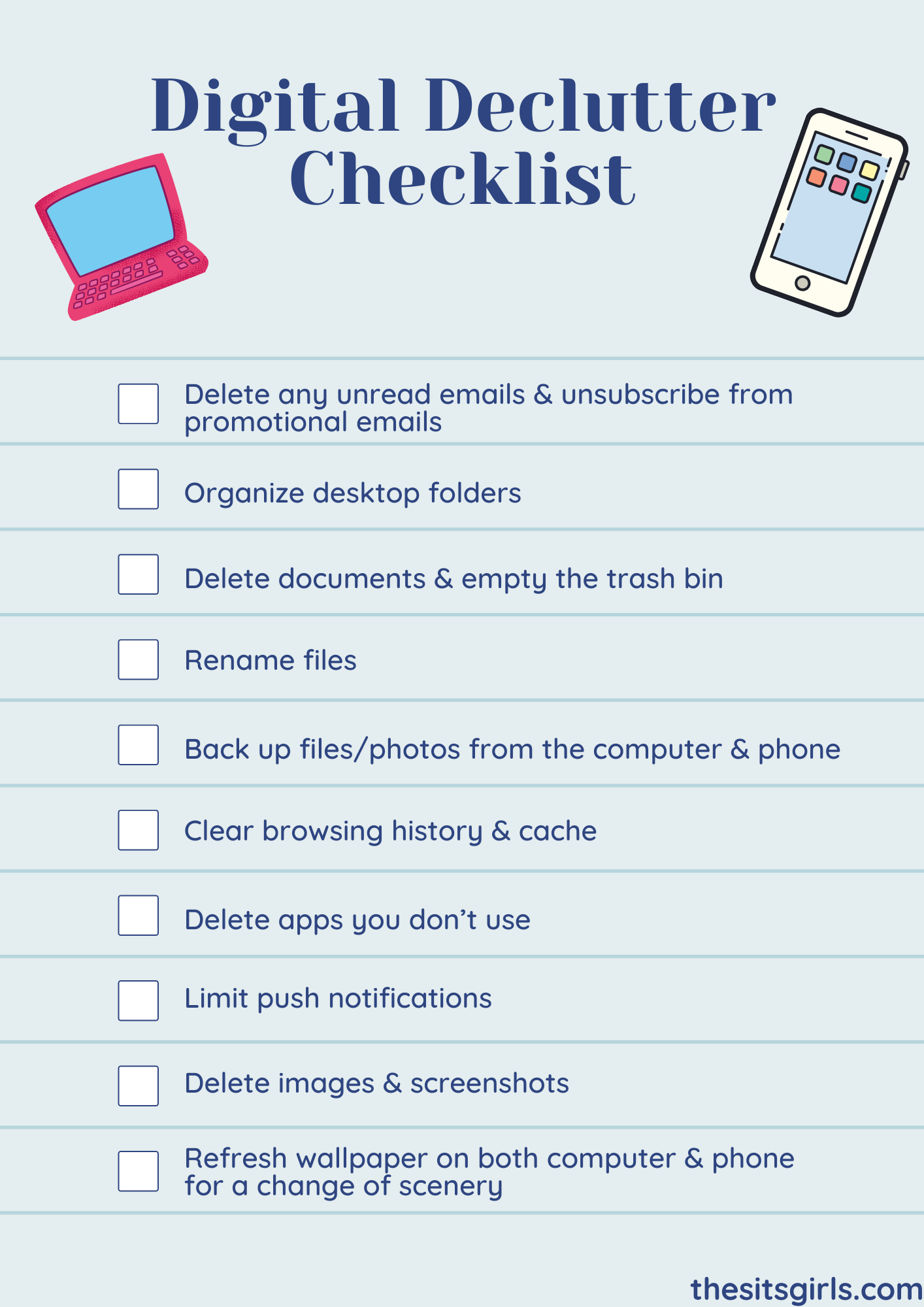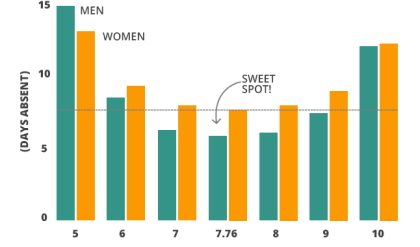
Declutter Your Life: 7 Easy Steps for a Tidy Home
Feeling overwhelmed by the clutter in your home? Does the sheer thought of tackling it leave you feeling paralyzed? You’re not alone. Many people struggle with managing their possessions, but the good news is that reclaiming your space and achieving a tidy home is achievable with a strategic approach. This isn’t about achieving a sterile, minimalist aesthetic (unless that’s your goal!). This is about creating a calm, functional space that reflects your personality and supports your well-being.
Step 1: The Mindset Shift – From “Should” to “Choose”
Before you even touch a single item, adjust your mindset. Stop thinking about decluttering as a chore. Instead, frame it as a process of intentionally choosing what stays and what goes. Each item is a reflection of your life, your memories, and your values. Ask yourself: Does this item serve a purpose? Does it bring me joy? If the answer is no, and it’s not tied to vital sentimentality, it’s time to let it go.
Step 2: The Zone Method – Conquer Clutter in Chunks
Don’t try to tackle your entire house at once. That’s a recipe for overwhelm. Instead, focus on one “zone” at a time. A zone can be a drawer, a shelf, a single closet, or even a countertop. This focused approach makes the task manageable and provides a sense of accomplishment that motivates you to continue.
Step 3: The Four-Box Method – Streamline Your Sorting
Gather four boxes or bins clearly labeled:
| Box | Description |
|---|---|
| Keep | Items you use regularly and cherish. |
| Donate | Items in good condition you no longer need. |
| Trash | Items broken, damaged, or beyond repair. |
| Maybe | Items you’re unsure about (deal with later). |
This simple system drastically simplifies the sorting process. Resist the urge to overthink each item; move quickly through the sorting process.
Step 4: The “One In, One Out” Rule – Prevent Future Clutter
This is the cornerstone of long-term decluttering success. For every new item you bring into your home, get rid of a similar one. Bought a new shirt? Donate an old one. Received a gift? Let go of something equivalent. This proactive approach prevents clutter from accumulating again.
Step 5: Digital Detox – Declutter Your Digital Life
Decluttering isn’t just about physical items. Our digital lives are often just as cluttered. Unsubscribe from unwanted emails, delete unused apps, organize your computer files, and back up important documents. This digital cleanse will free up mental space and increase efficiency.
Step 6: Embrace Imperfection – It’s Okay to Not Be Perfect
Decluttering is an ongoing process, not a destination. There will be days when you feel more motivated than others. Don’t strive for perfection; strive for progress. Celebrate small victories and don’t get discouraged by setbacks. A tidy home is a journey, not a race.
Step 7: Maintain Your Tidy Space – The Power of Routine
Once you’ve decluttered, establish a simple routine to maintain your progress. Spend 10-15 minutes each day putting things back in their place, doing a quick tidy-up. This prevents clutter from creeping back in and ensures your hard work doesn’t go to waste. Consider a weekly “declutter session” for more thorough cleaning.
By following these seven easy steps, you can transform your home from a cluttered space into a peaceful, organized haven. Remember, the goal isn’t to achieve a perfect, magazine-worthy home; it’s to create a space that supports your well-being and allows you to thrive.

Additional Information
Decluttering Your Life: A Deeper Dive into Seven Steps for a Tidy Home
The concept of decluttering extends far beyond mere tidiness; it’s a pathway to improved mental well-being, increased productivity, and a more intentional lifestyle. While a seven-step guide provides a helpful framework, a deeper analysis reveals the psychological and practical nuances involved in successfully decluttering one’s home.
Step 1: Define Your “Why”: Beyond Aesthetics
The superficial motivation of a “tidy home” often falls short. A deeper analysis of “why” one wants to declutter is crucial. Is it to reduce stress? Improve focus? Create more space for hobbies? Understanding the underlying reasons provides sustained motivation when faced with the challenging emotional aspects of letting go of possessions. For instance, someone decluttering to alleviate anxiety associated with a chaotic environment will approach the task differently than someone simply aiming for a visually appealing home.
Step 2: The Categorization Conundrum: Beyond the Obvious
Categorizing possessions seems straightforward, but hidden complexities exist. A simple “clothes” category can be broken down further into “everyday wear,” “special occasion,” “seasonal,” and “potentially donate.” This granular approach prevents overwhelming feelings and allows for a more focused and efficient decluttering process. Failure to adequately categorize leads to procrastination and incomplete decluttering efforts.
Step 3: The Emotional Attachment Obstacle: Strategies for Letting Go
This step often proves the most challenging. Many possessions hold sentimental value, prompting emotional resistance. Strategies need to incorporate emotional processing. Techniques like taking photos of sentimental items before discarding them, or designating a small “memory box” for a limited number of truly irreplaceable items, can help navigate these emotional hurdles. Research shows that minimizing emotional attachments to material possessions correlates with higher levels of life satisfaction (Source: Insert relevant study from a reputable journal here if available).
Step 4: The “One In, One Out” Rule: A Sustainable Approach
This rule, while seemingly simple, requires conscious effort and planning. It addresses the root cause of clutter – the continuous influx of new items. The “one in, one out” rule fosters mindful consumption and prevents future accumulation. Consider implementing a “waiting period” before purchasing new items, to determine if the need truly persists. This prevents impulsive buys that contribute to future clutter.
Step 5: Effective Organization Techniques: Maximizing Space and Accessibility
Organization is not simply about storing items; it’s about maximizing space and improving accessibility. This necessitates considering storage solutions that suit individual needs and the characteristics of the items being stored. Vertical storage, drawer dividers, labeled containers, and utilizing unused space (e.g., under-bed storage) are examples of effective organizational techniques. The choice of storage solutions should be driven by practicality and ease of access, rather than simply aesthetic appeal.
Step 6: The Power of Regular Maintenance: Preventing Future Clutter
Decluttering is not a one-time event; it’s an ongoing process. Regular “mini-declutters” (e.g., a 15-minute decluttering session once a week) prevent clutter from accumulating to an overwhelming level. This proactive approach reduces the magnitude of future decluttering efforts and maintains a consistently tidy environment.
Step 7: Celebrate Your Successes: Reinforcing Positive Habits
Acknowledging progress and celebrating milestones is vital for maintaining motivation. Take photos of your decluttered spaces, reward yourself (non-material rewards are recommended!), and reflect on the positive changes in your environment and well-being. This reinforces positive habits and prevents relapsing into old patterns.
Conclusion:
Successfully decluttering requires a multifaceted approach that addresses not only the practical aspects of organizing possessions but also the psychological barriers associated with letting go of items. By thoroughly understanding and implementing these enhanced steps, individuals can move beyond a simply tidy home to a more organized, less stressful, and ultimately more fulfilling life. Further research into the intersection of minimalism, psychology, and organizational strategies would further elucidate the impact of decluttering on overall well-being.






